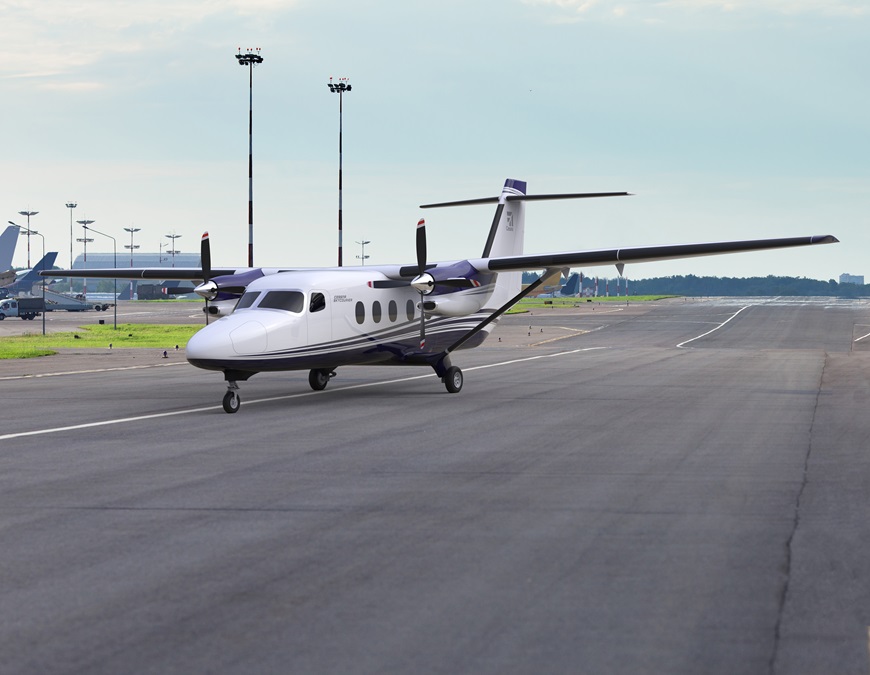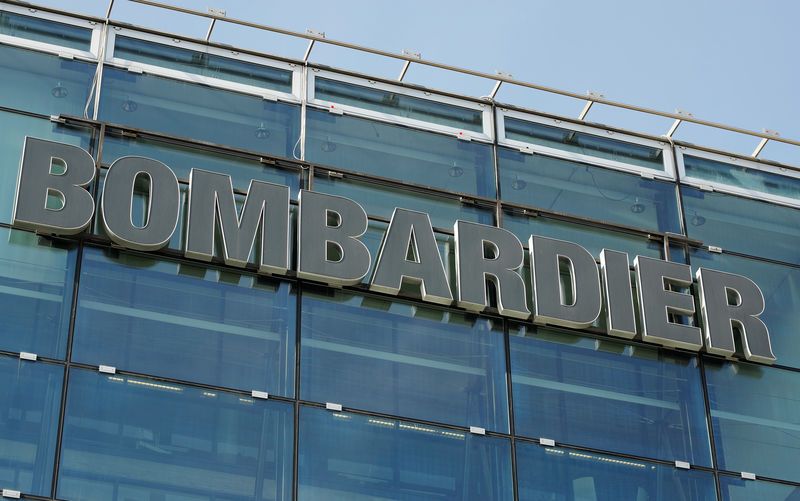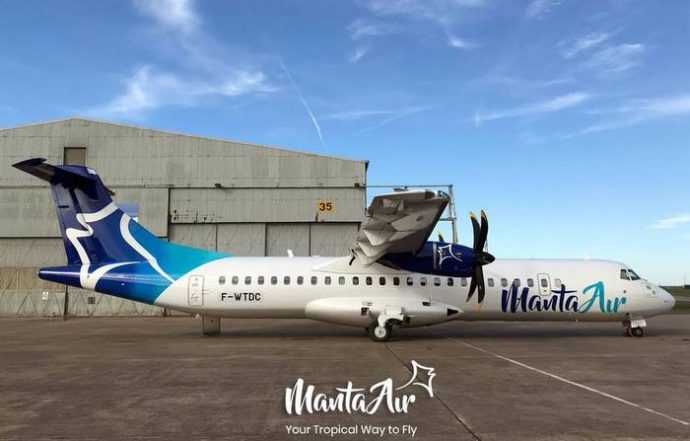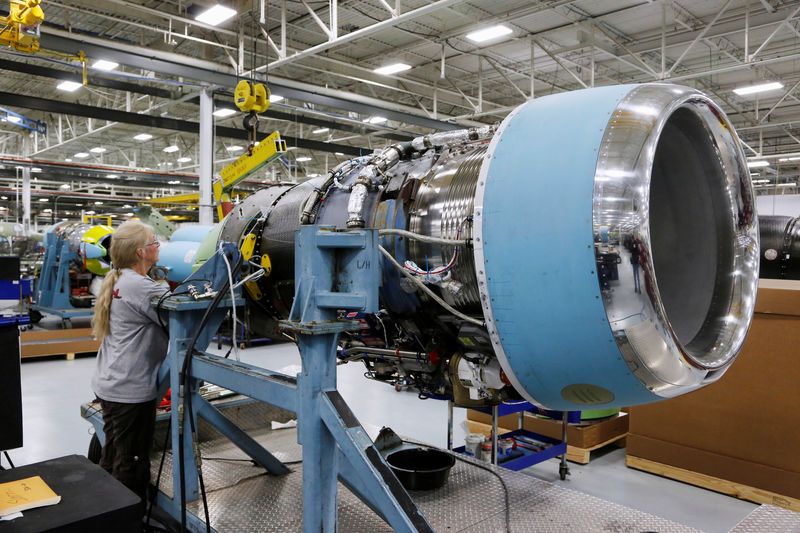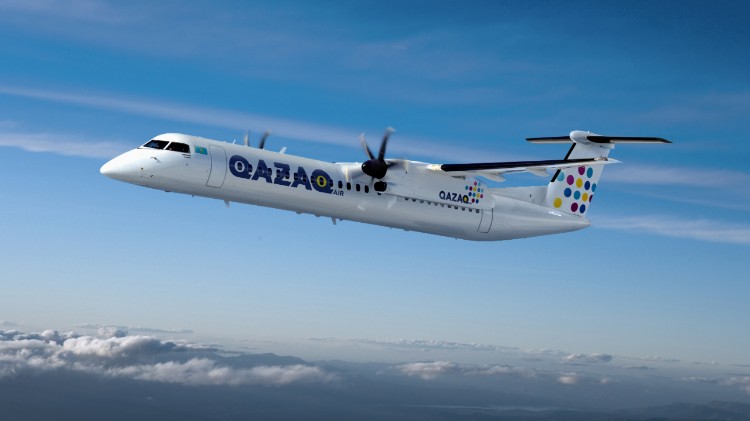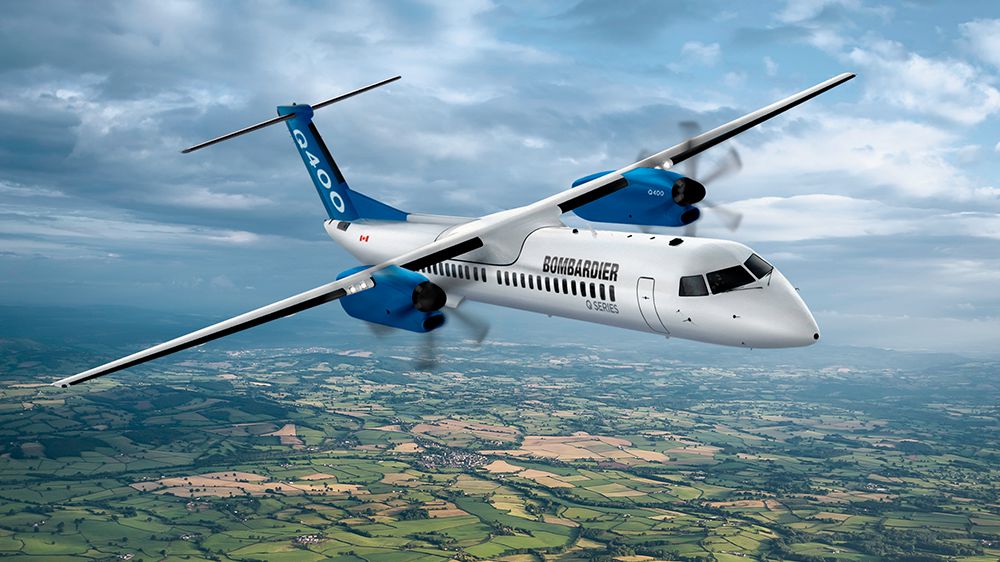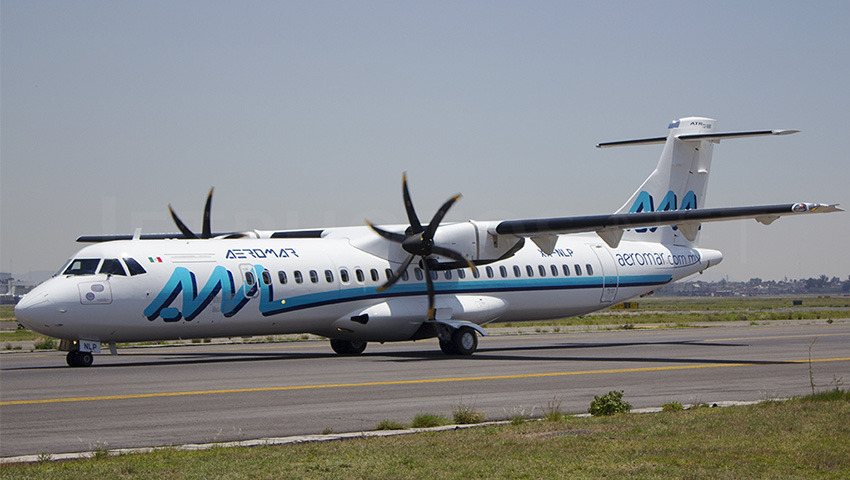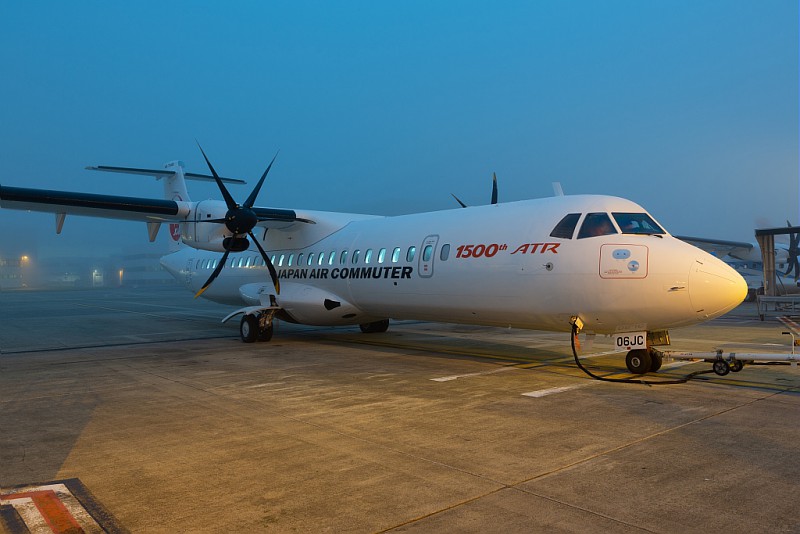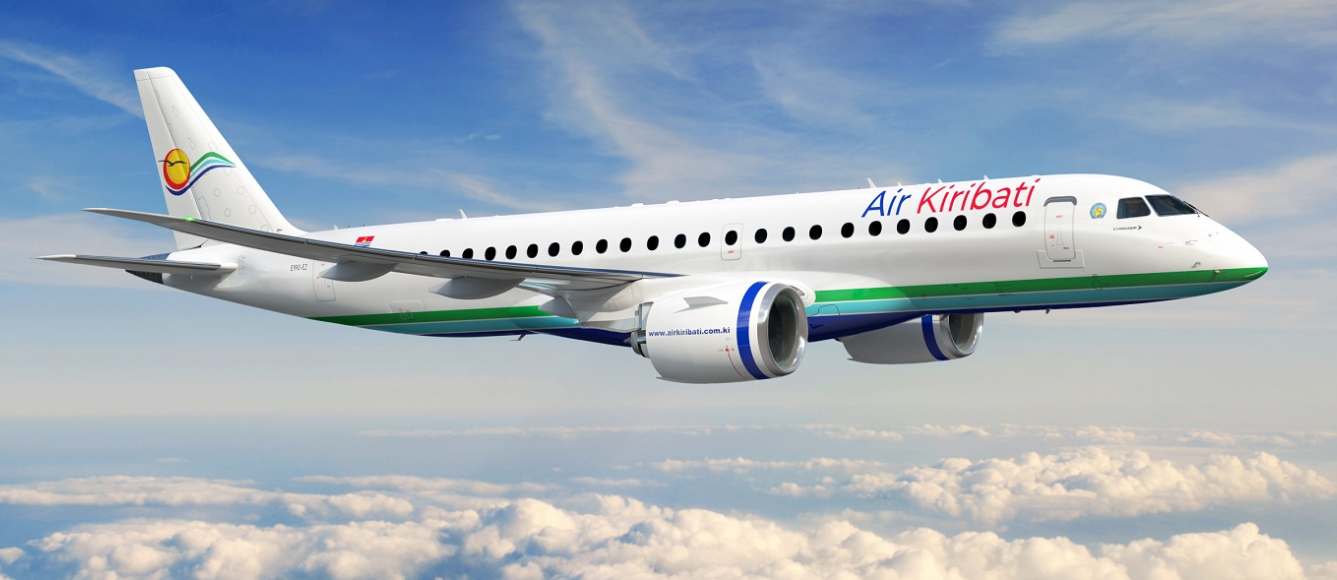GENEVA (May 20, 2019) – Textron Aviation Inc., a Textron Inc. (NYSE:TXT) company, today announced new milestones in its Cessna SkyCourier twin utility turboprop development program, with assembly underway for the prototype aircraft and the additional five flight and ground test articles. Component testing also continues for the new propeller, nose landing gear and fuel system.
“When we began designing and developing the Cessna SkyCourier, we engaged a number of mission-centric customers for technical input to best meet their unique needs in one platform,” said Chris Hearne, senior vice president, Engineering. “We are building this aircraft with the flexibility and reliability needed for a variety of high-utilization operations including cargo, passenger or special missions and we are excited that the customers and the market are responding positively to its capabilities.”
Endurance and functional testing for the new McCauley 110-inch propeller consists of nearly 150 hours of operation and includes a variety of simulated flight profiles. The propeller is mated with the proven PWC PT6A-65B, 1100-shp engine, mounted on a test stand. Simultaneously, assembly of the fuel system test article and nose landing gear drop test article is underway, with testing to start later this month.
The Cessna SkyCourier is the latest clean-sheet design from Textron Aviation and will be offered in various configurations including cargo, passenger or a combination of both, all based on a common platform to meet the needs of a wide range of customers. The cargo configuration is designed to accommodate three standard air cargo containers (LD3) with a payload of up to 6,000 pounds while the passenger version carries up to 19 passengers.
FedEx Express, the world’s largest express transportation company and longtime Textron Aviation customer, signed on as the launch customer in late 2017 for up to 100 aircraft, with an initial fleet order of 50 cargo aircraft and options for 50 more.
